Solar maximum news, features and articles
Solar maximum is the most active phase of the sun's roughly 11-year solar cycle, which occurs when our home star's magnetic field weakens and eventually flips completely.
During this explosive peak, dark sunspots cover the solar surface and spit out more frequent and intense solar flares or coronal mass ejections. If these solar storms hit Earth, they can trigger radio blackouts, interfere with satellites, disrupt ground-based infrastructure and paint widespread auroras across the night sky.
Discover more about the solar maximum:
Latest about solar maximum
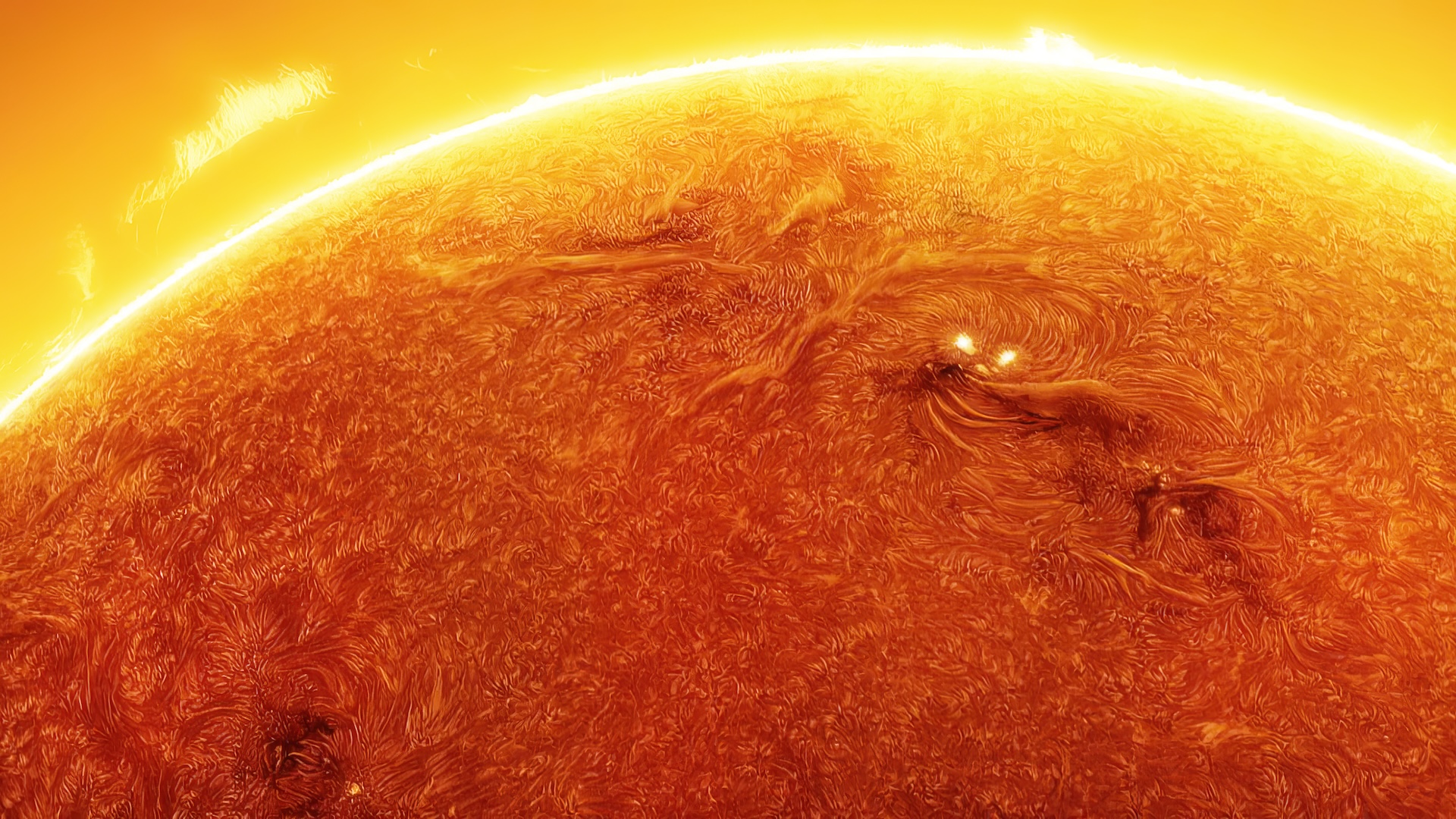
Has the sun already passed solar maximum?
By Ryan French published
Has the sun already reached solar maximum? New data suggests Solar Cycle 25 may have peaked earlier than expected. Find out what this means.
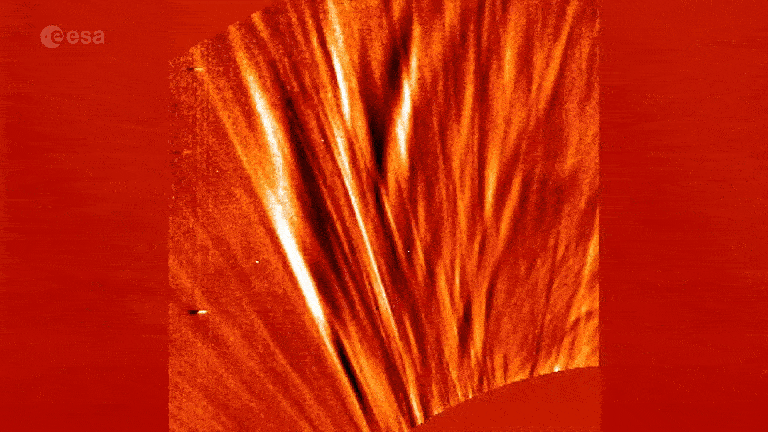
Watch eerie 'UFOs' and a solar 'cyclone' take shape in stunning new ESA video of the sun
By Harry Baker published
An eerie new video from ESA's Solar Orbiter shows a towering 'cyclone' of plasma exhibiting behaviors never seen before on our sun.

Auroras predicted over US this weekend as solar storm rips toward Earth
By Brandon Specktor published
A solar explosion called a coronal mass ejection is poised to graze Earth on Friday or Saturday (Jan. 24 or Jan. 25), potentially triggering colorful auroras over the northern U.S.

X-class solar flares hit a new record in 2024 and could spike further this year — but the sun isn't entirely to blame, experts say
By Harry Baker published
There were significantly more X-class solar flares in 2024 than any other year for at least three decades. The arrival of solar maximum was a key reason for the spike, but other factors were also at play.

'Like they were demon possessed': Geomagnetic super storms are causing tractors to dance from side to side across US farms — and the sun is to blame
By Harry Baker published
Powerful solar storms in May and October painted auroras across large parts of North America. But some U.S. farmers also witnessed unusual activity from their high-tech machinery, which started boogying back and forth as a result of the geomagnetic disturbances.
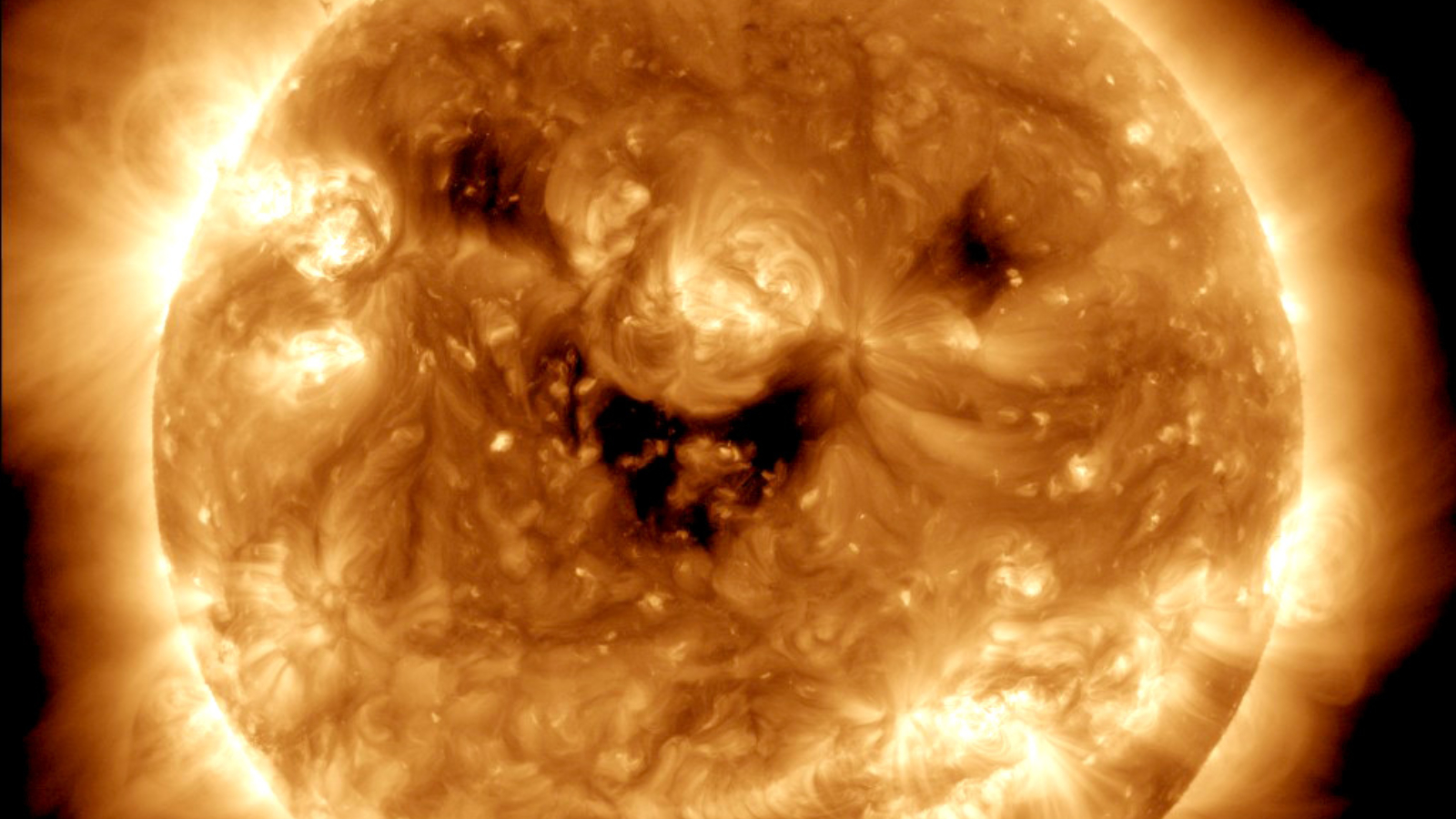
We are fast approaching the sun's 'battle zone' — and it could be even worse than solar maximum, experts warn
By Harry Baker published
Space weather experts warn that solar activity will persist or even increase after solar maximum has ended and we enter a phase of the solar cycle dubbed the "battle zone."
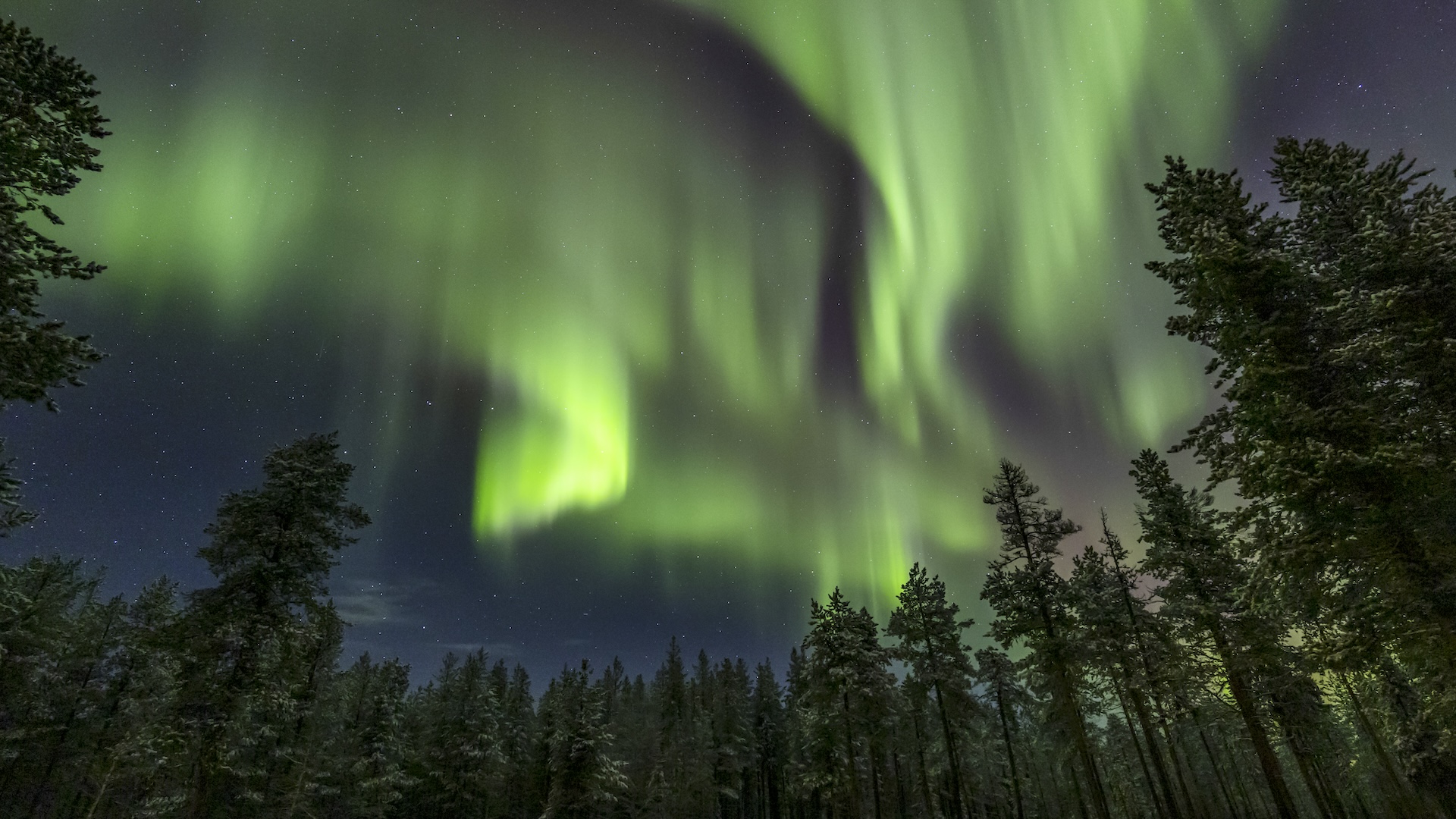
Thanksgiving auroras? Solar storm likely to hit Earth on Thursday and Friday, NOAA warns
By Brandon Specktor last updated
An outburst of solar energy looks primed to hit Earth on Thursday, potentially bringing auroras to the northern U.S. on Thanksgiving and Black Friday.

Solar maximum just knocked 3 satellites out of orbit. Here's why more may be on the way.
By Kyle McMullan published
The Sun's activity is what gives us beautiful auroras — but it also has dramatic negative effects on satellites that go around Earth in a low orbit.

Aurora activity is just getting started. Here's why the best northern lights are yet to come.
By Daisy Dobrijevic published
Discover why the best aurora displays occur after solar maximum, and why 2026-2027 could be the year of the northern lights.
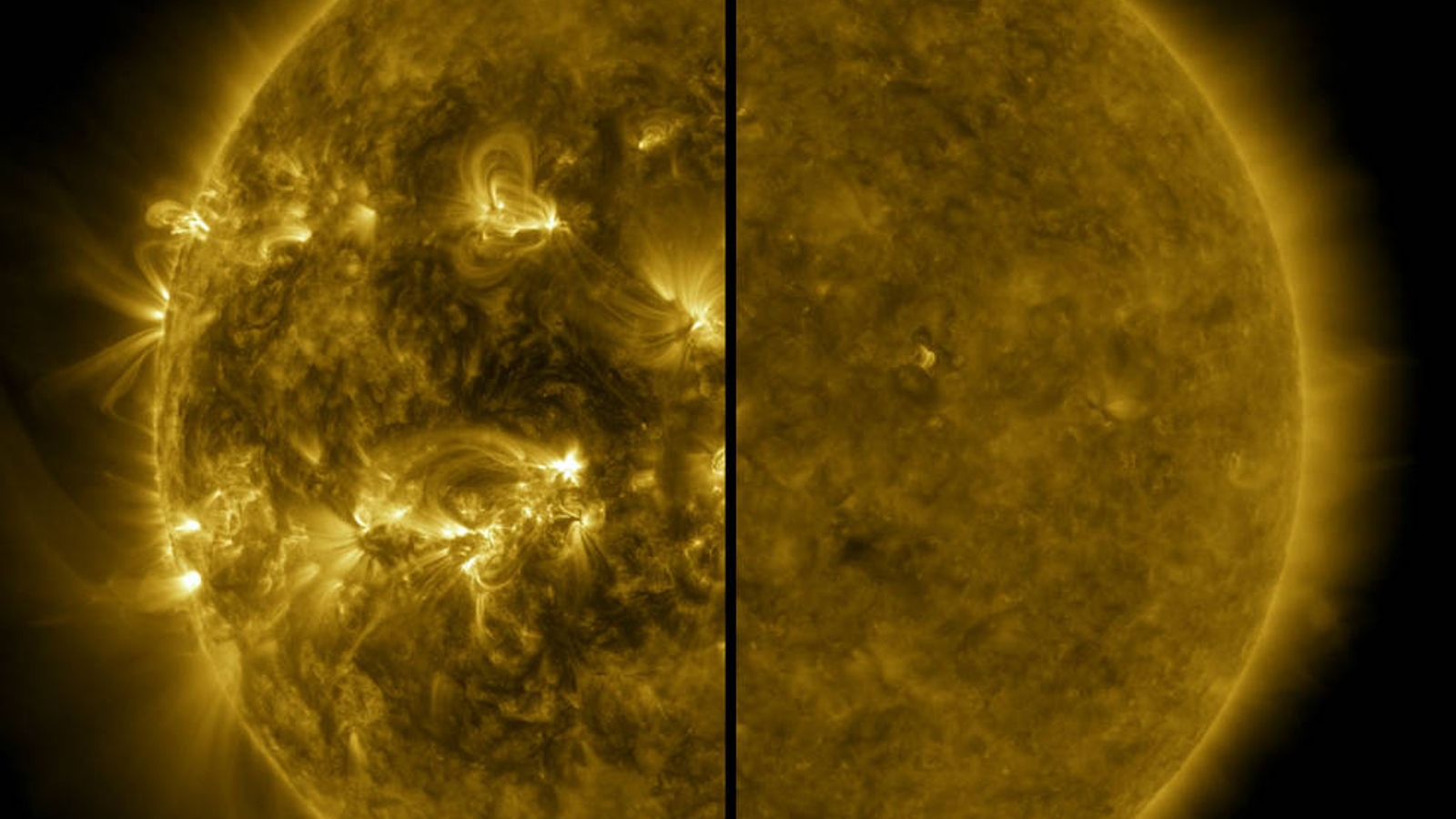
Scientists finally confirm that solar maximum is well underway — and the worst could still be to come
By Harry Baker published
A surprise announcement from scientists involved in monitoring the solar cycle has finally confirmed that the sun's most active and dangerous phase — solar maximum — is already well underway, and could continue for at least a year.
Sign up for the Live Science daily newsletter now
Get the world’s most fascinating discoveries delivered straight to your inbox.
